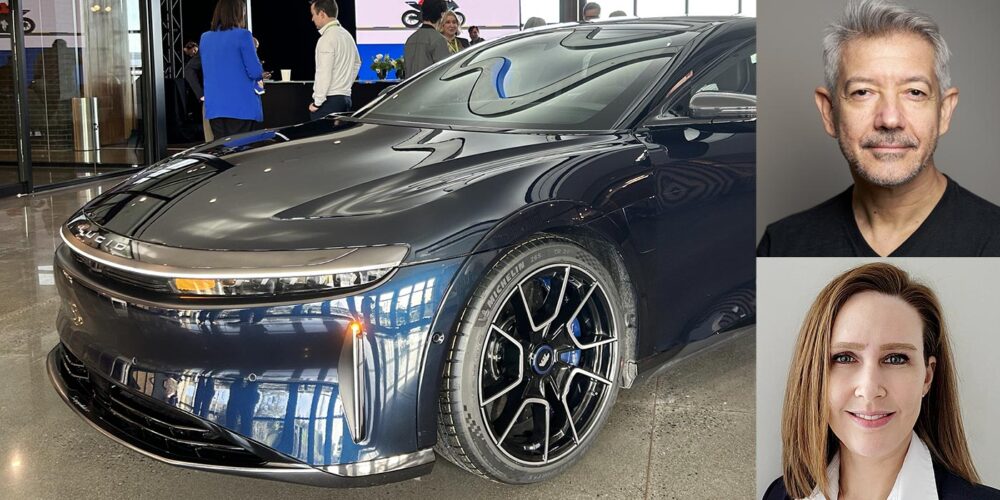One of the most annoying things that can happen when driving is when you notice your wheel alignment is off. A little drift to the right or left can be a sign that you need to fix something with your vehicle’s alignment. Let’s discuss what to look for and the steps to fix a steer-pull condition on a customer’s vehicle in this Tire Review Continental Tire Garage Studio video.
While drivers may just think it is a simple problem to fix, there is so much more that goes into ensuring alignment is correct. For technicians though, it’s about capturing what the driver is experiencing and diagnosing if the condition meets the mechanical criteria for the complaint.
When a customer pulls up to an alignment bay asking for a fix, try to test drive their vehicle first. Just pulling the car into the alignment bay, taking readings and looking for the specification that is not normal will typically never solve a customer complaint. It is critical to ask the customer at what speeds they experience the condition and on what type of roads. Without knowing this information, you will probably never solve the problem.
After the test drive, the first thing you want to check is the tires. One thing that remains persistent with conditions like these is drivers not checking the inflation pressure regularly. A side-to-side difference as small as 3 psi can cause a lead/pull condition. Rotating tires can indicate if the problem is related to the tires as well. Some balancers are even able to measure the “road force” of wheel and tire assemblies. Look at all four tires and wheels and come up with a mounting strategy to cure the steering lead or pull.
Another thing to look for is ride height, which is more than just a measurement to gauge the health of the springs. The most important thing to remember is that as the suspension compresses, the alignment angles change. It is possible to set toe, caster and camber within specifications on a vehicle with a lower ride height. But, as the suspension moves, the changes in camber and toe can be more severe.
Even if all of the angles are in the green, the car may still have an alignment problem. Positive camber on one side with negative camber on the other can add up to a pull even if the specs are within tolerances.
Though many vehicles have advanced lane-keeping systems like Electric Power Steering to help correct alignment issues, it would be important to turn this off when diagnosing an alignment issue.
So, if a customer comes to your shop with a steering pull complaint, never jump to conclusions. Before you start making changes, confirm all the angles and parts.













